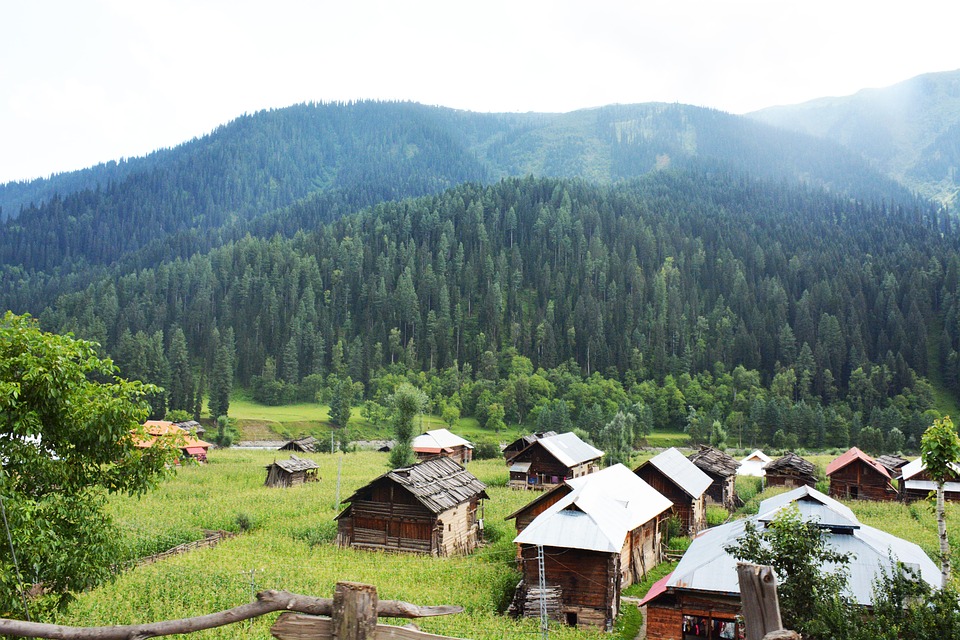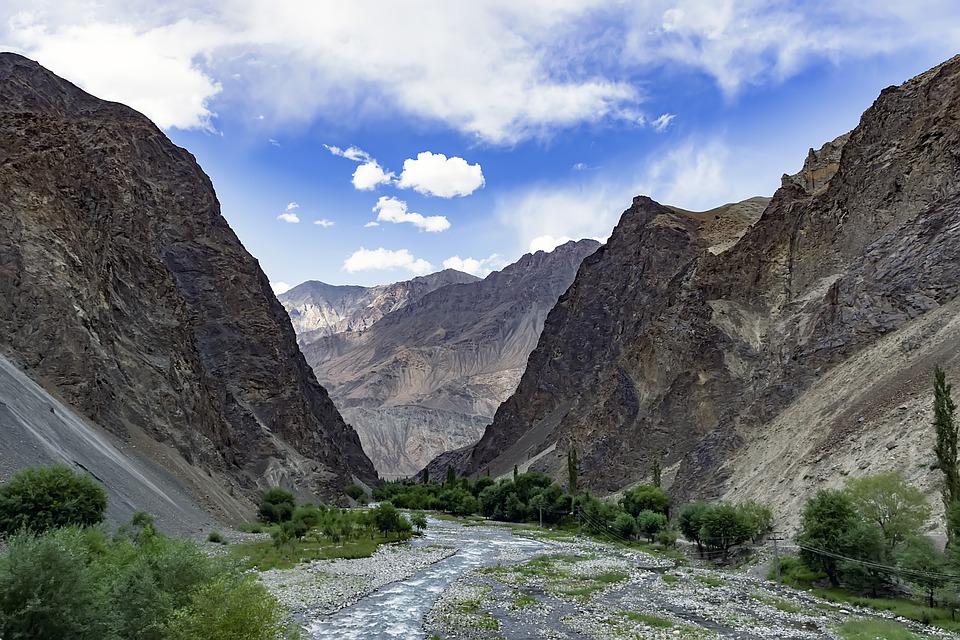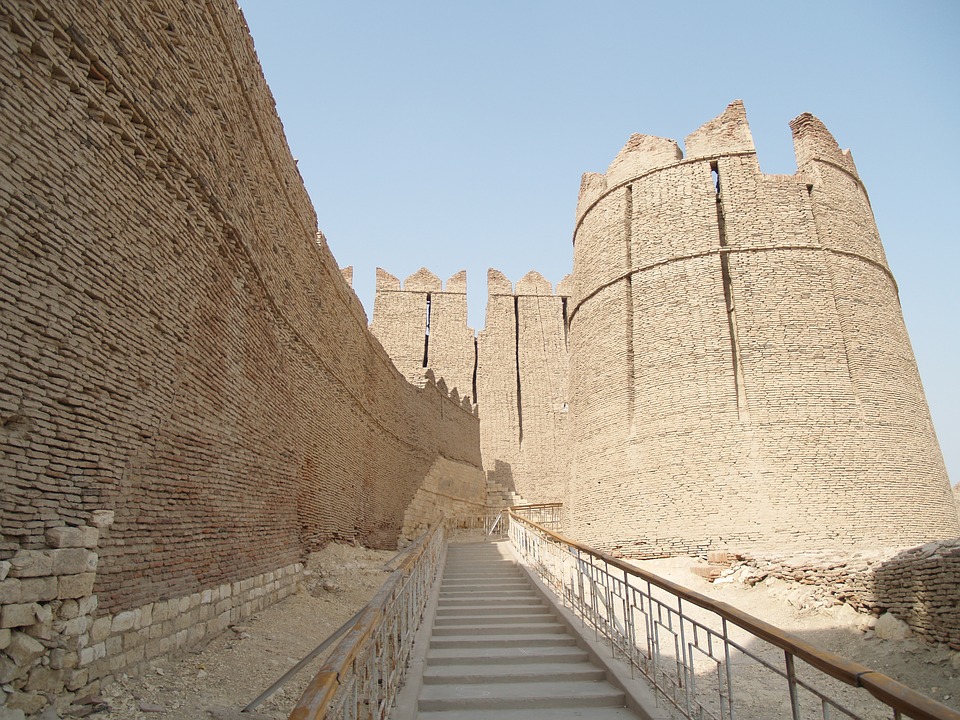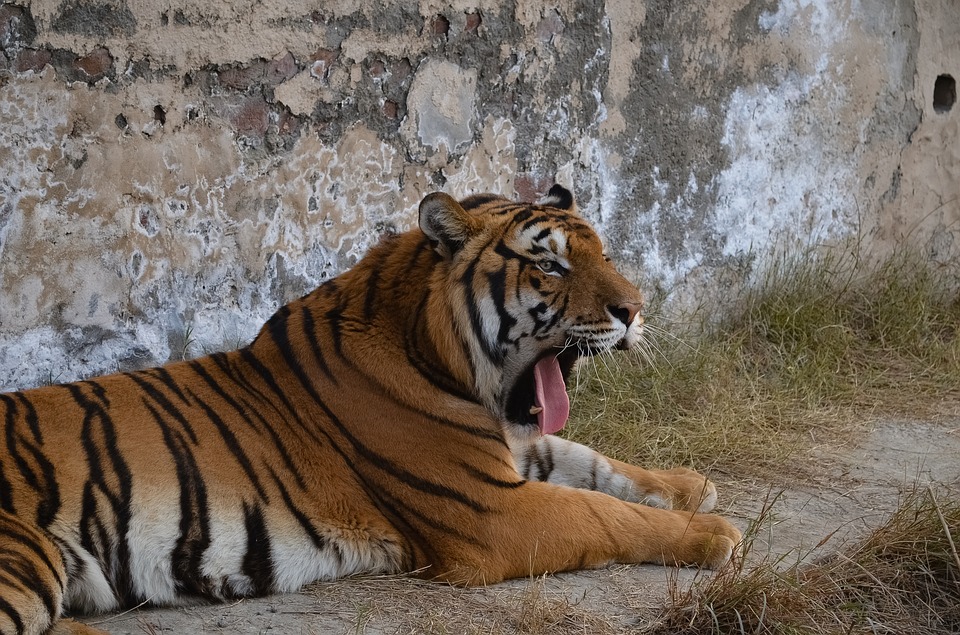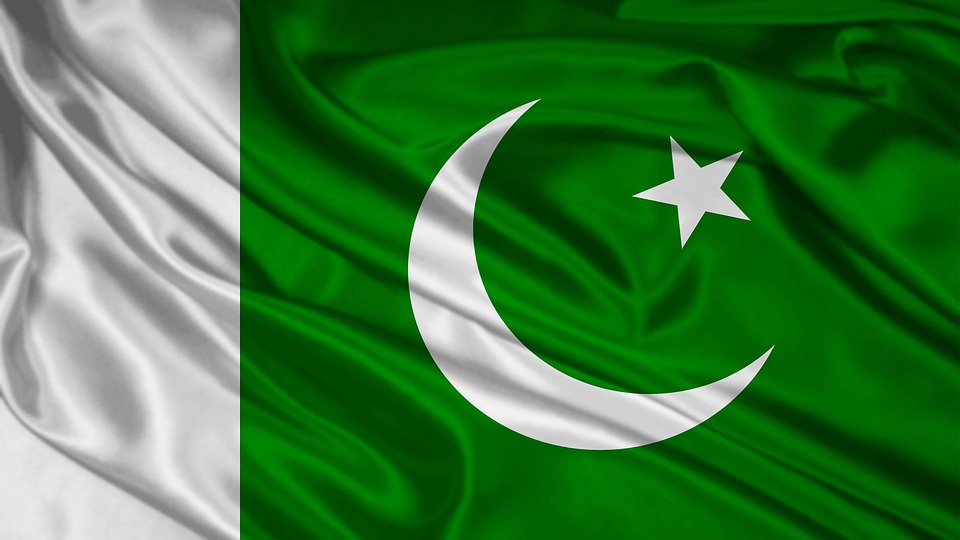Pakistan
(Islamic Republic of Pakistan)




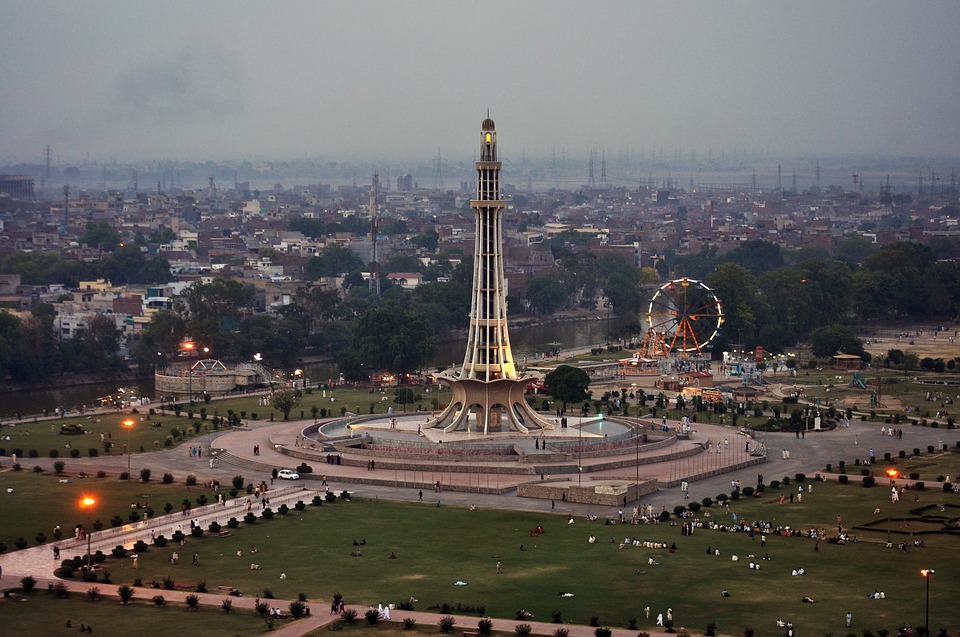



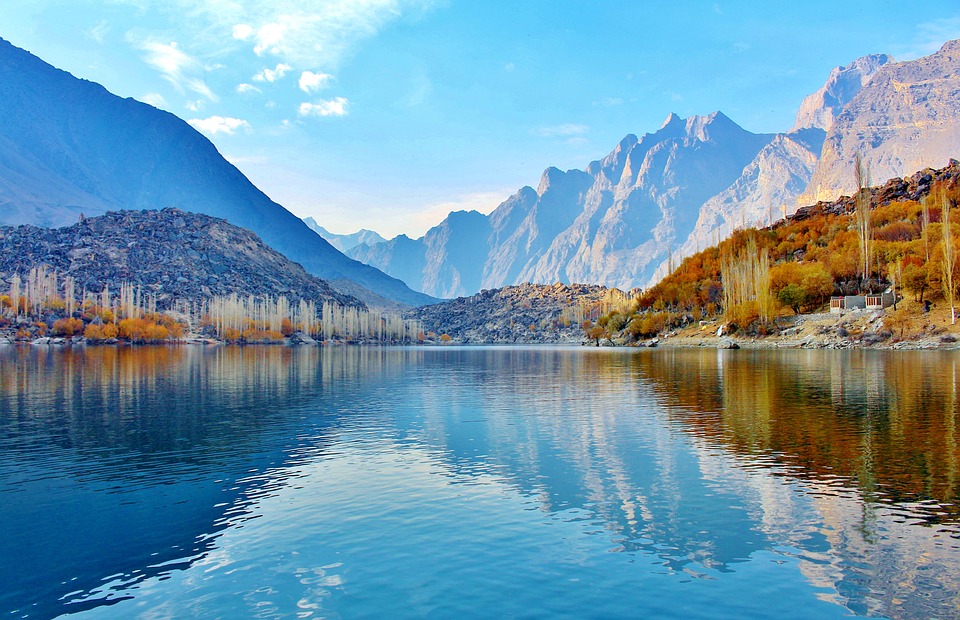
Capital of Pakistan: Islamabad
Population (Estimated July 2012): 190,291,129
Area: 796,096km2 or 307,374mi2
Currency: Pakistani Rupee (PKR)
Official Language: Urdu and English (but 48% of the population speak Punjabi the most spoken language in Pakistan)
Political Information: Federal Presidential, Parliamentary Republic
Official Religion: Islam
(approximately 95% of the population are Muslim and 5% are Christian or Hindu).
Highest Mountain: K2 at 8,611m or 28,251ft (worlds 2nd highest)
GDP Official Exchange Rate (OER is more precise at gauging a countries economic power)
(Estimated 2011): $204.1 billion (US$) or (GBP)
GDP (OER) Per Capita (per member of the population estimated 2011): (US$) or (GBP)
GDP Purchasing Power Parity (PPP is good for gauging living conditions and use of resources but not as accurate as OER. This data has been calculated based on the sum value of all goods and services produced in the country valued at prices prevailing in the United States)
(Estimated 2011): $488 billion (US$) or (GBP)
GDP (PPP) Per Capita (per member of the population estimated 2011): $2,800 (US$) or (GBP)
Time Zone (GMT/UTC): +5:00
Counties/Provinces/States: 4 provinces, 1 territory*, and 1 capital territory**; Balochistan, Federally Administered Tribal Areas*, Islamabad Capital Territory**, Khyber Pakhtunkhwa (formerly North-West Frontier Province), Punjab, Sindh
Leaders: President Mamnoon HUSSAIN (since 9 September 2013) with Interim Prime Minister Nasir-UL-MULK (since 1 June 2018); Imran KHAN to be sworn in as prime minister on 11 August 2018 following his party’s majority win in the 25 July 2018 National Asembly election
Additional: Gained independence from British India on the 14th of August 1947.
Sources: CIA World Fact Book, Encyclopaedia Britannica.







